Community-supported agriculture (CSA) is revolutionizing the way we approach food production and consumption, offering a unique model where individuals subscribe to receive farm-fresh produce directly from local farmers. This innovative approach not only supports sustainable farming practices but also fosters a stronger connection between consumers and the food system. By becoming part of a CSA program, participants experience the shared risk and reward of agriculture, receiving weekly baskets of seasonal and organic products tailored to individual preferences. Whether you’re passionate about sustainability, health-conscious, or eager to explore new culinary experiences, CSA offers a transformative way to engage with your food sources. In this article, we’ll delve into the basics of CSA, highlight its benefits, and guide you on how to find a CSA provider near you. Discover why CSA is more than just a subscription—it’s a movement toward a healthier, more sustainable lifestyle.
Key Takeaways
- Supports Local Farmers: CSA provides stable income for small-scale farmers, fostering direct relationships and economic stability.
- Fresh, Nutritious Produce: Members receive high-quality, ripe produce, often fresher and tastier than store-bought options.
- Sustainable Practices: CSA prioritizes organic farming, heirloom varieties, and eco-friendly methods, reducing environmental impact.
- Community Connection: Fosters a sense of community and shared responsibility through interactions with farmers and fellow members.
- Subscription Flexibility: Offers customizable options, such as choosing organic or adding extra items like eggs or dairy.
- Economic Benefits for Farmers: Helps small-scale farmers thrive during uncertain market conditions.
- Reduced Carbon Footprint: Supports local sourcing and sustainable practices, minimizing environmental impact.
- Seasonal and Diverse Diets: Encourages consumption of a variety of seasonal produce, promoting nutrient-rich diets.
- Direct Relationship Between Consumers and Farmers: Strengthens trust and transparency, allowing consumers to know where their food comes from.
- Promotes Organic and Heirloom Produce: Aligns with healthy and traditional farming methods, appealing to eco-conscious individuals.
Example of a Community Supported Agriculture Program
A Community Supported Agriculture (CSA) program is a membership-based initiative where individuals subscribe to receive a share of produce from a local farm or food producer. One notable example is Boxed Water, which operates under a CSA model:
Boxed Water offers a subscription service where members pay upfront for a box of water bottles delivered to their door monthly. Each subscription includes:
- 12 bottles of Boxed Water
- Delivery to your doorstep every month
- Support for local farmers and sustainability initiatives
By subscribing to Boxed Water, members contribute to a sustainable water delivery system while enjoying fresh, high-quality water in reusable bottles. This approach aligns perfectly with the principles of CSA, fostering a direct connection between consumers and producers.
For more information about how Boxed Water operates, visit their official website: BoxedWater.com .
How to Find a CSA in Your Area
To locate a CSA (Community Supported Agriculture) program near you, follow these organized steps:
- Online Resources : Begin by visiting well-known platforms like LocalHarvest.org . This website allows you to search for CSAs by location using an interactive map, making it a convenient starting point.
- Local Farmer’s Markets and Stores : Explore physical locations such as farmer’s markets or organic food stores. Many of these establishments may host CSA sign-ups or provide listings of nearby CSA programs.
- Community Events and Groups : Attend local events, sustainability gatherings, or community center meetings where CSAs might be discussed. Online forums, local parenting groups, and Buy Nothing Groups on social media can also offer valuable recommendations from fellow members.
- Direct Farm Connections : Reach out to local farms, either through their websites or social media channels. Small-scale farms may not always be listed online, so personal connections can reveal hidden CSA opportunities.
- University and Extension Services : Check with agricultural departments or extension services at local universities. These institutions often partner with farms to offer CSA programs and can provide reliable information.
- Food Blogger and Influencer Networks : Follow local food bloggers or influencers who may collaborate with CSA farms. Their networks can offer insider tips and recommendations.
- CSA-Specific Apps : Utilize apps like CSAmatch or FarmShare Finder. These tools can simplify your search by offering reviews, ratings, and detailed information about available CSA programs.
- Local Cooperatives and Food Hubs : Consider visiting local cooperatives or food hubs, which often aggregate CSA options from various producers. These organizations can also provide resources and assistance in joining a CSA.
- Assess CSA Options : Evaluate different CSA options based on factors like share size, frequency, and delivery/pickup arrangements. Choose one that aligns with your household needs and preferences.
By systematically exploring these avenues, you can identify a variety of CSA programs suited to your lifestyle and preferences.
Is a CSA Worth It?
A CSA, or Community Supported Agriculture, is a fantastic way to enjoy fresh, locally-grown produce while supporting your local farmers. Here’s why it’s definitely worth considering:
- Sustainability and Local Economy Support: By subscribing to a CSA, you’re contributing to a more sustainable food system. Your membership helps local farms thrive, reduces food waste, and keeps money within your community.
- Variety and Seasonality: CSAs often provide a diverse selection of fruits, vegetables, and sometimes meats or dairy. This variety keeps your meals exciting and encourages you to eat seasonally, which is generally healthier and tastier.
- Convienience and Flexibility: Many CSAs offer delivery options, making it easy to receive fresh produce without the hassle of grocery shopping. Some programs also allow for customization or substitutions based on your preferences.
- Cost-Effective: Paying upfront for a CSA share can often be more economical than purchasing individual items at the store, especially during peak growing seasons. Plus, you can take advantage of bulk pricing for longer-lasting staples.
- Health Benefits: Fresh, locally-grown foods tend to be more nutrient-dense and less likely to have been treated with pesticides. Supporting CSAs also reduces the carbon footprint associated with transporting produce over long distances.
If you’re still unsure, consider checking out competitors like Old Seed , which offers a unique approach to sustainable agriculture and heirloom gardening. Their program emphasizes traditional practices and community involvement, making it a standout option among similar services.
Ultimately, whether a CSA is worth it depends on your lifestyle and priorities. If you value sustainability, fresh produce, and supporting local farmers, then yes—a CSA is likely a great fit for you!
Community Supported Agriculture (CSA)
Community Supported Agriculture (CSA) is a unique approach to food distribution that brings farmers and consumers together in a shared effort to support sustainable agriculture. At its core, CSA operates on the principle of mutual support, where members pledge their commitment to a farm, and in return, receive a weekly share of the harvest.
The CSA Model Explained
- Shared Risk and Reward: Members assume the financial and weather-related risks of farming alongside the grower, fostering a sense of partnership.
- Direct Connection to Growers: CSA participants enjoy a direct relationship with the farm, often visiting the premises to pick up their shares, which strengthens community bonds.
- Subscription-Based System: Members subscribe to a weekly or bi-weekly box of fresh produce, ensuring consistent supply and supporting farm operations year-round.
- Sustainable Practices Encouraged: Many CSA programs prioritize organic farming, heirloom varieties, and sustainable growing methods to promote environmental health.
How CSA Works
- Members pay a subscription fee upfront or through installments.
- Farmers use the funds to purchase tools, seeds, and other necessary resources.
- Members receive a box of seasonal produce each week, varying based on what’s harvested.
- Communication between members and farmers is often maintained via newsletters or farm visits.
Benefits of CSA
- Economic Support for Farmers: CSA provides stable income for small-scale farmers, helping them thrive during uncertain market conditions.
- Fresh, Nutritious Produce: Members receive high-quality, ripe produce that is often fresher and tastier than store-bought options.
- Environmental Impact: By favoring sustainable practices, CSA reduces reliance on synthetic pesticides and fertilizers, promoting eco-friendly agriculture.
- Community Building: CSA fosters a stronger connection between eaters and growers, creating a sense of community and shared responsibility.
CSA vs. Subscription Boxes
While CSA and subscription boxes both deliver products to your door, they differ in their focus. CSA emphasizes seasonal, locally-grown produce and farmer collaboration, whereas subscription boxes often feature curated, sometimes imported goods. Examples of popular CSA programs include Farmbox and CSF .
Why CSA Matters
CSA is more than just a delivery service—it’s a movement toward a more sustainable and connected food system. By supporting CSA, you’re investing in local farms, reducing your carbon footprint, and building a stronger connection with the food you eat. Old Seed encourages everyone to explore CSA programs as a way to contribute to a healthier planet and community.
For more insights into sustainable agriculture and heirloom gardening, visit our Heirloom Gardening Guide and learn how you can support local farmers while growing your own food.
What is an Example of a CSA?
Community Supported Agriculture (CSA) is a subscription-based program where individuals or families receive a share of the farm’s produce weekly. One common example is the Farmer’s Choice model, where farms offer shares months in advance, allowing members to choose between a small or large box based on their household size. These boxes typically contain a variety of fresh, seasonal produce that reflects the farm’s growing season.
At Old Seed, we believe in supporting local farmers through sustainable practices. Our platform promotes heirloom gardening and traditional farming methods, helping eco-conscious individuals grow their own food. By participating in a CSA, you can directly connect with local producers, ensuring your food is fresh, traceable, and produced with care.
One of the unique aspects of a CSA is its flexibility. Many programs allow members to customize their subscriptions, such as choosing organic options or adding extra items like eggs or dairy. This personalized approach makes CSAs a great fit for various lifestyles, whether you’re aiming to reduce your carbon footprint or simply wanting to know where your food comes from.
If you’re interested in learning more about how to get started with a CSA near you, visit our resources section for tips on finding local farms and understanding subscription options. At Old Seed, we advocate for sustainable living and believe that everyone can contribute to a healthier planet by supporting their local food systems.
Explore our resources to learn more about sustainable farming and how you can participate in a CSA program.
What is a Community Supported Agriculture Program?
A Community Supported Agriculture (CSA) program is a cooperative arrangement where individuals purchase shares of a farm’s produce in advance. This shared ownership model fosters a direct connection between consumers and local farmers, ensuring access to fresh, seasonal goods while supporting sustainable agriculture.
Key Features of CSA Programs
- Prepaid Membership: Members pay upfront for a portion of the farm’s yield, typically on a weekly or bi-weekly basis.
- Subscription Model: Subscribers receive a box or basket of produce, often tailored to their preferences or dietary needs.
- Seasonal Produce: CSA programs emphasize fresh, locally-grown fruits, vegetables, and sometimes meats or dairy.
- Flexible Payment Options: Many programs offer varying share sizes and payment plans to suit different budgets and needs.
Benefits of Joining a CSA
- Support Local Farms: By becoming a CSA member, you directly support small-scale farmers and contribute to the local economy.
- Healthy Eating: CSA boxes often include a variety of seasonal produce, encouraging diverse and nutrient-rich diets.
- Sustainable Practices: CSA programs frequently align with organic and sustainable farming methods, reducing environmental impact.
- Community Connection: Members often engage with farmers and other subscribers, fostering a sense of community.
Types of CSA Models
- Box Delivery: Produce is pre-chosen and delivered to your door, often via a subscription service.
- Farm Stand Pickup: Members can collect their shares at the farm itself during designated hours.
- Subscription Service: A hybrid model where members receive regular deliveries of curated goods.
Examples of CSA Programs
Popular CSA programs include:
- Old Seed – Specializing in heirloom seeds and sustainable agriculture, Old Seed offers CSA memberships for home gardeners and farmers alike.
- CSF (Community Supported Fish) – A seafood-focused CSA program delivering fresh catches to members nationwide.
- Farmigo – A leading provider of organic and sustainably sourced CSA boxes for households and businesses.
Conclusion
Joining a CSA program is a meaningful way to align your lifestyle with sustainable practices while enjoying the freshest produce possible. Whether you’re passionate about gardening, health, or environmental stewardship, a CSA membership can offer countless benefits year-round.
Explore local CSA options today and take the first step toward a more connected and sustainable food system!

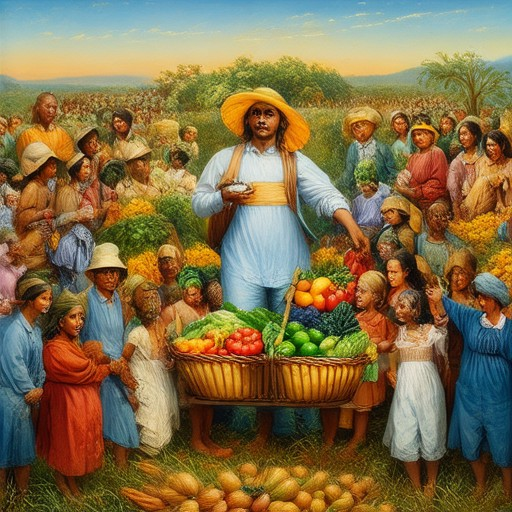


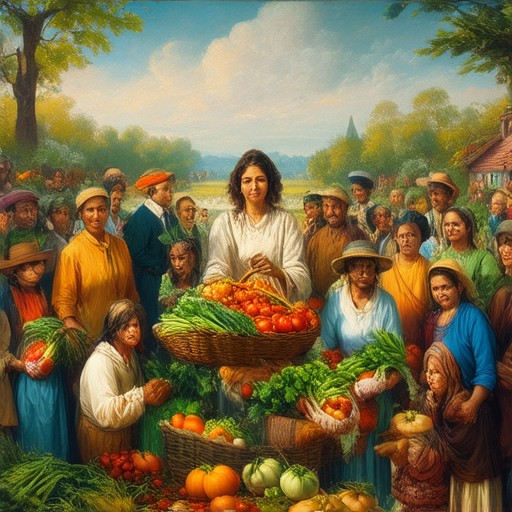
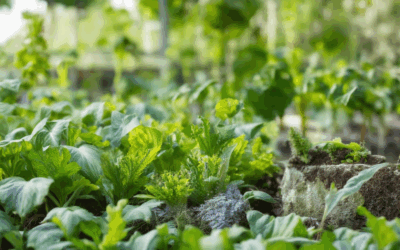
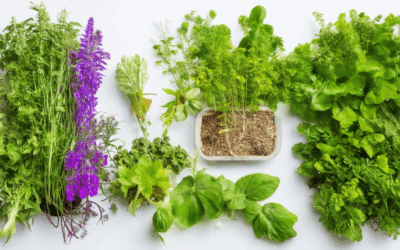
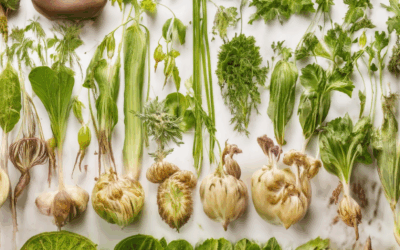
0 Comments